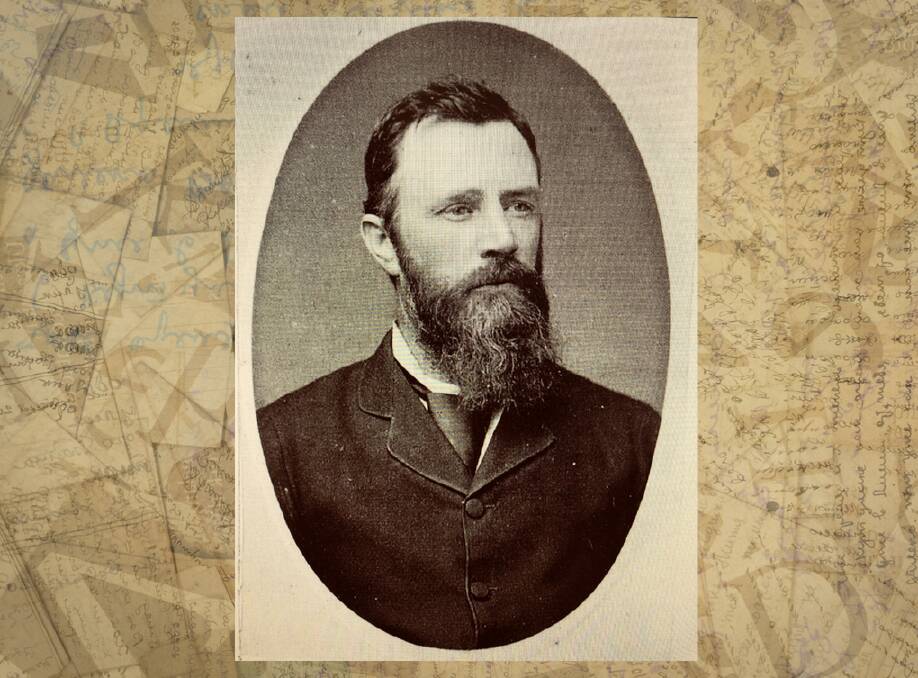
FOLLOWING Richard Gwynne’s death in 1865, and the Jewnee Run was split into North and South, the North licence being sold to Arthur Rasch and Edward Pine-Coffin. Others held the North licence over following years and some fencing of paddocks occurred.
Subscribe now for unlimited access.
$0/
(min cost $0)
or signup to continue reading
Jewnee village became the centre for the district as people moved in. There was some excitement when the Ben Hall bushranger gang held up the Jewnee Hotel and the Jewnee homestead in 1863. The Bluecap gang which visited in 1868 and had about 40 persons bailed up at the hotel, were later captured at Bagdad, past Sebastopol.
A race meeting was held in 1868 with a purse of 68 pounds and attracted horses from Wagga and Albury. That year more excitement was brought by the discovery of gold at what is now Junee Reefs and brought many men and opportunities to the district.
In 1875, Samuel Storey purchased several blocks in Jewnee Village and opened a general store on the hill not far from the hotel. He obviously prospered as he soon extended the store. He also, with other locals pushed for a school in the village and a provisional school opened in 1880, initially in the Wesleyan Church.
The village and district continued to grow, boosted by through traffic, which also included cattle from Queensland being walked to sales in Victoria. By 1877 there were two coaches per day each way through the village. (This soon changed after the railway arrived at present day Junee and North Wagga.)
In 1877, the Jewnee South Run was surveyed and opened the way for a “land rush”. Many selectors took the maximum areas allowed.
Just to the east, Christopher Crawley arrived from Wantabadgery in 1876 and by 1877, the Crawley family had acquired most of the land where Junee now stands. It would seem that Crawley had prior knowledge that the southern rail line was to pass through that location rather than Jewnee and that a branch line to Narrandera and Hay would also junction there. It is hardly a coincidence that Crawley’s aunt, Mary Adams, who purchased 160 acres was apparently the wife of the NSW Surveyor-General. The acquisition of most of the land around the junction was most profitable for the Crawley family.
On July 6,1878, the Sydney to Albury railway reached present day Junee which was soon named Junee Junction when the line to Narrandera was completed in 1881. This was the catalyst for the rapid growth of the town we know as Junee.
- Read more history at www.juneesoutherncross.com.au.

